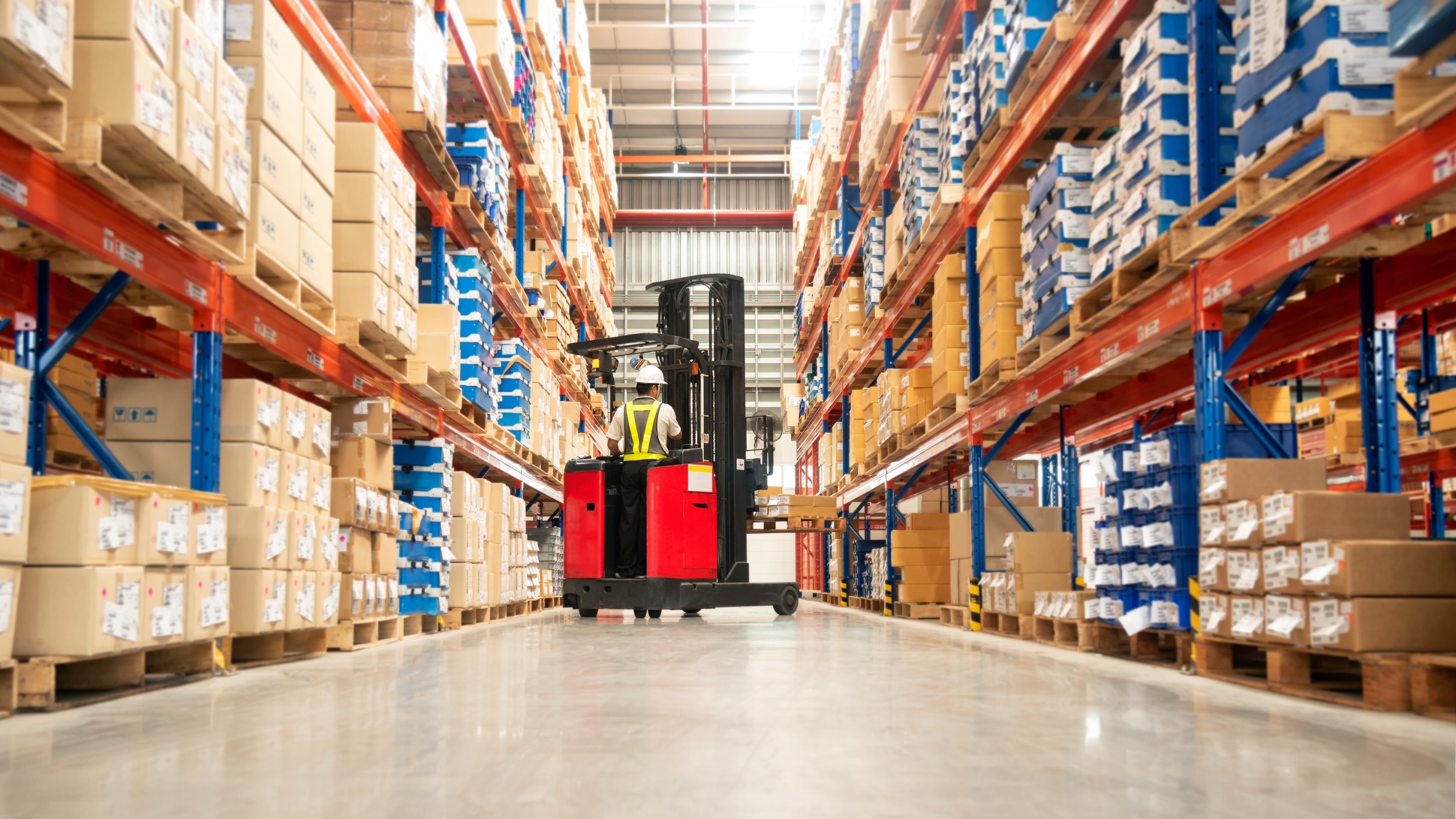In the competitive world of e-commerce, delivering products efficiently and reliably is crucial to business success. Customers expect fast, affordable, and accurate delivery options, and failing to meet these expectations can result in lost sales and diminished brand reputation. This article explores the best delivery solutions for e-commerce businesses, focusing on strategies, technologies, and services that can help streamline operations and enhance customer satisfaction.
Understanding Your Delivery Needs
Before selecting a delivery solution, it’s essential to understand your specific needs. Consider factors such as:
Product Types: Are you shipping large, bulky items, or small, lightweight products? Different products may require different delivery methods.
Customer Expectations: Do your customers prioritize fast delivery, or are they more concerned with cost savings?
Geographic Reach: Are you shipping locally, nationally, or internationally? Your delivery solution should align with your market reach.
Carrier Partnerships
Establishing strong partnerships with reliable carriers is a foundational aspect of effective delivery solutions. Major carriers include:
FedEx: Known for its extensive network and reliable service, FedEx offers various delivery options, including overnight, two-day, and ground shipping.
UPS: UPS provides comprehensive delivery solutions, including standard, expedited, and international shipping. Its advanced tracking systems and broad reach make it a popular choice.
USPS: The United States Postal Service offers cost-effective shipping solutions, particularly for lightweight and small parcels. It’s also a good option for shipping to P.O. boxes and remote locations.
Benefits of Carrier Partnerships:
Reliability: Established carriers have proven track records and robust infrastructure.
Tracking and Support: Advanced tracking systems provide visibility and support for both businesses and customers.
Scalability: Established carriers can handle large volumes and scale with your business growth.
Third-Party Logistics (3PL) Providers
Third-party logistics (3PL) providers offer end-to-end logistics solutions, including warehousing, inventory management, and shipping. Partnering with a 3PL can streamline operations and allow you to focus on core business activities.
Popular 3PL Providers:
ShipBob: Specializes in fast, efficient fulfillment with a network of warehouses to ensure quick delivery.
Rakuten Super Logistics: Offers scalable solutions with a focus on speed and accuracy.
Fulfillment by Amazon (FBA): Leverages Amazon’s vast infrastructure for warehousing and delivery, providing access to Amazon Prime and other benefits.
Benefits of 3PL Providers:
Expertise: 3PLs bring specialized knowledge and experience to the table.
Cost Efficiency: They often provide economies of scale and reduce overhead costs.
Flexibility: Scalable solutions allow for easy adjustments based on demand fluctuations.
In-House Fulfillment
For some businesses, managing fulfillment in-house is a viable option. This approach involves handling all aspects of warehousing, inventory management, and shipping internally.
Benefits of In-House Fulfillment:
Control: Greater control over inventory, order processing, and quality assurance.
Customization: Ability to tailor fulfillment processes to specific business needs and customer preferences.
Branding: Direct interaction with customers can enhance brand experience and loyalty.
Considerations:
Costs: In-house fulfillment requires investment in infrastructure, technology, and labor.
Scalability: May face challenges in scaling operations quickly in response to increased demand.
Dropshipping
Dropshipping is a fulfillment method where the retailer does not keep products in stock. Instead, when an order is placed, the retailer purchases the item from a third party, who then ships it directly to the customer.
Benefits of Dropshipping:
Low Overhead: No need for warehousing or inventory management.
Wide Product Range: Ability to offer a broad range of products without upfront investment.
Flexibility: Easy to test new products and adjust offerings based on market trends.
Considerations:
Control: Less control over product quality and shipping times.
Margins: Potentially lower profit margins due to reliance on third-party suppliers.
Same-Day and Expedited Shipping
Same-day and expedited shipping options cater to customers who require fast delivery. These services are becoming increasingly popular, driven by the demand for quick gratification.
Benefits:
Customer Satisfaction: Enhances customer experience with prompt delivery.
Competitive Advantage: Differentiates your business from competitors who offer standard shipping only.
Increased Sales: This can boost conversion rates and average order values.
Considerations:
Cost: Higher shipping costs can impact profitability.
Operational Complexity: Requires efficient logistics and coordination to meet tight delivery windows.
Technology and Automation
Incorporating technology and automation into your delivery operations can greatly enhance efficiency and accuracy. Key technologies include:
Shipping Software: Platforms like ShipStation and Easyship integrate with your e-commerce store to streamline order processing, label printing, and carrier selection.
Inventory Management Systems: Tools like TradeGecko and NetSuite help manage stock levels, track inventory, and forecast demand.
Automated Warehousing: Robotics and automation in warehouses can speed up order picking, packing, and sorting processes.
Benefits of Technology:
Efficiency: Automates repetitive tasks, reducing manual errors and speeding up processing.
Accuracy: Enhances order accuracy and inventory management.
Data Insights: Provides valuable analytics for optimizing shipping strategies and forecasting demand.
Conclusion
Choosing the best delivery solutions for your e-commerce business involves evaluating your specific needs, considering various fulfillment methods, and leveraging technology to enhance efficiency. Whether partnering with established carriers, utilizing 3PL services, managing fulfillment in-house, or exploring dropshipping, each approach offers unique benefits and considerations. By selecting the right combination of delivery solutions and technologies, businesses can meet customer expectations, streamline operations, and gain a competitive edge in the dynamic e-commerce landscape.




